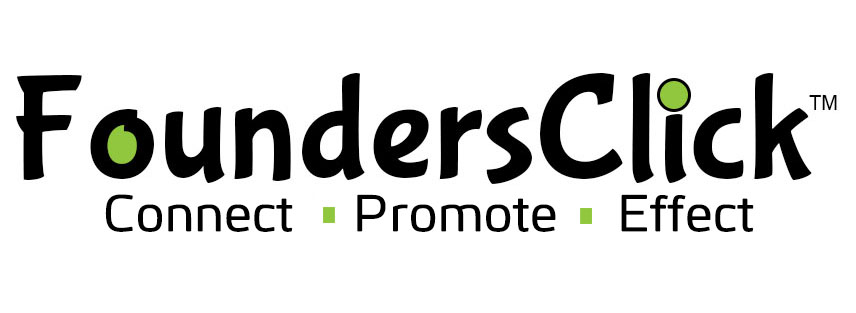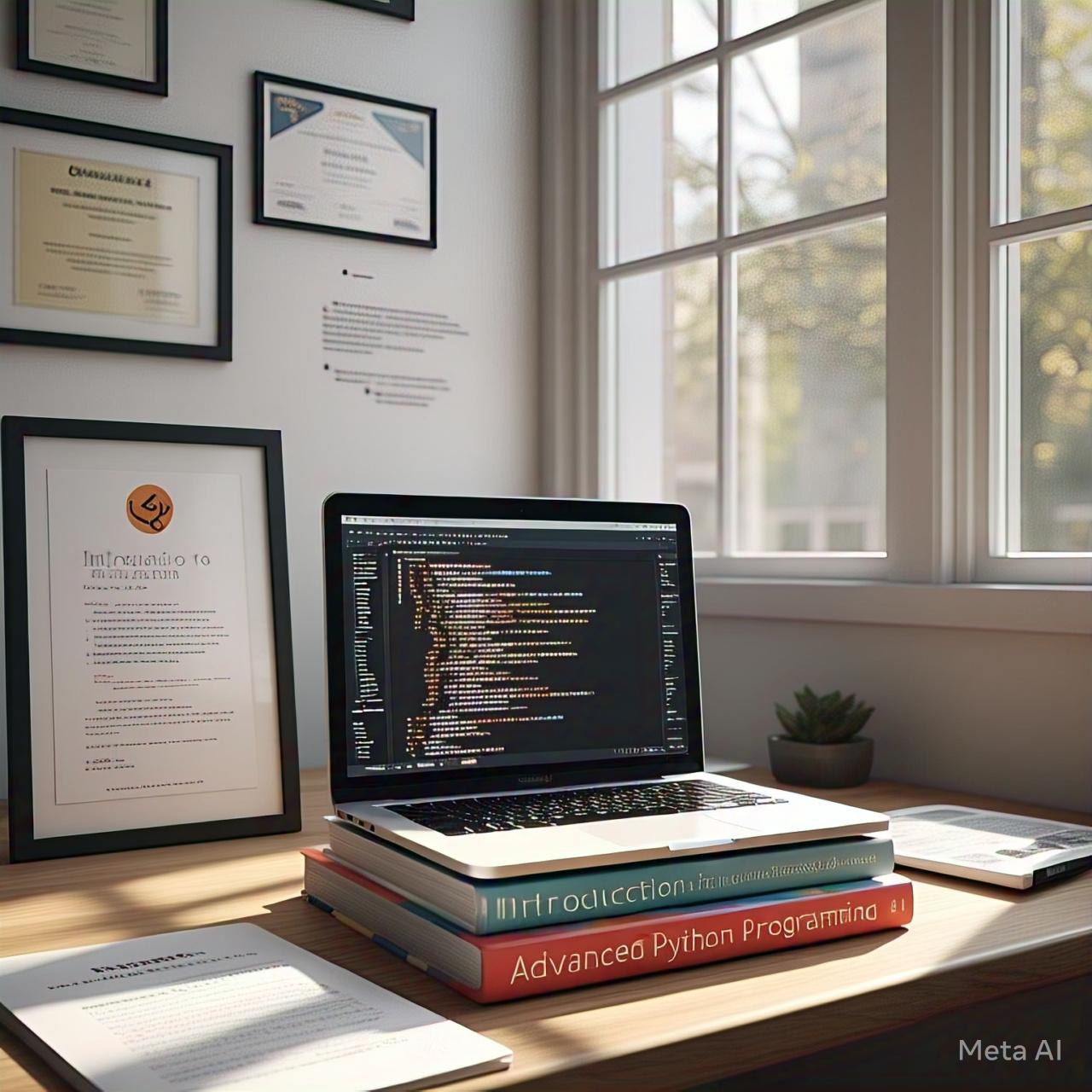I. Introduction to Python Programming
- Briefly explain what Python is and its importance in programming
- Discuss the benefits of using Python for various applications
II. What is Python?
- Define Python and its key features (syntax, data types, etc.)
- Explain the different versions of Python and their significance
III. Basic Concepts in Python
- Discuss the basic concepts in Python, including:
- Variables and data types
- Control structures (if-else, loops, etc.)
- Functions and modules
- Object-Oriented Programming (OOP) concepts
IV. Python Applications
- Discuss the various applications of Python, including:
- Web development (Django, Flask, etc.)
- Data science and machine learning (NumPy, pandas, scikit-learn, etc.)
- Automation and scripting
- Scientific computing and research
V. Python Libraries and Frameworks
- Discuss popular Python libraries and frameworks, including:
- NumPy and pandas for data analysis
- Django and Flask for web development
- scikit-learn and TensorFlow for machine learning
- Matplotlib and Seaborn for data visualization
VI. Best Practices for Python Programming
- Discuss best practices for Python programming, including:
- Writing readable and maintainable code
- Following PEP 8 guidelines
- Using version control (Git, etc.)
- Testing and debugging code
VII. Resources for Learning Python
- Provide resources for learning Python, including:
- Online tutorials and courses
- Books and documentation
- Communities and forums
VIII. Conclusion
- Summarize the importance of Python programming and its applications
- Encourage readers to start learning Python.
IX. Getting Started with Python
- Provide guidance for readers to get started with Python, including:
- Installing Python and setting up the environment
- Choosing a Python IDE or text editor
- Starting with simple projects and exercises

 SkillClick
SkillClick
